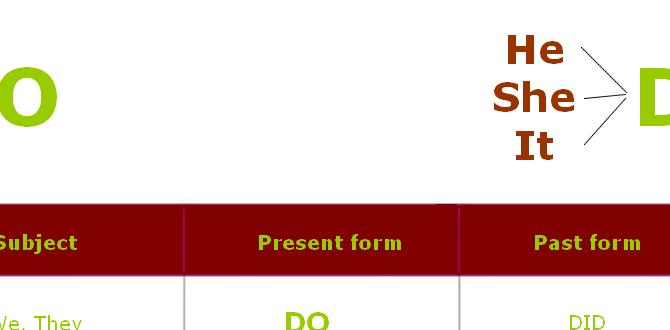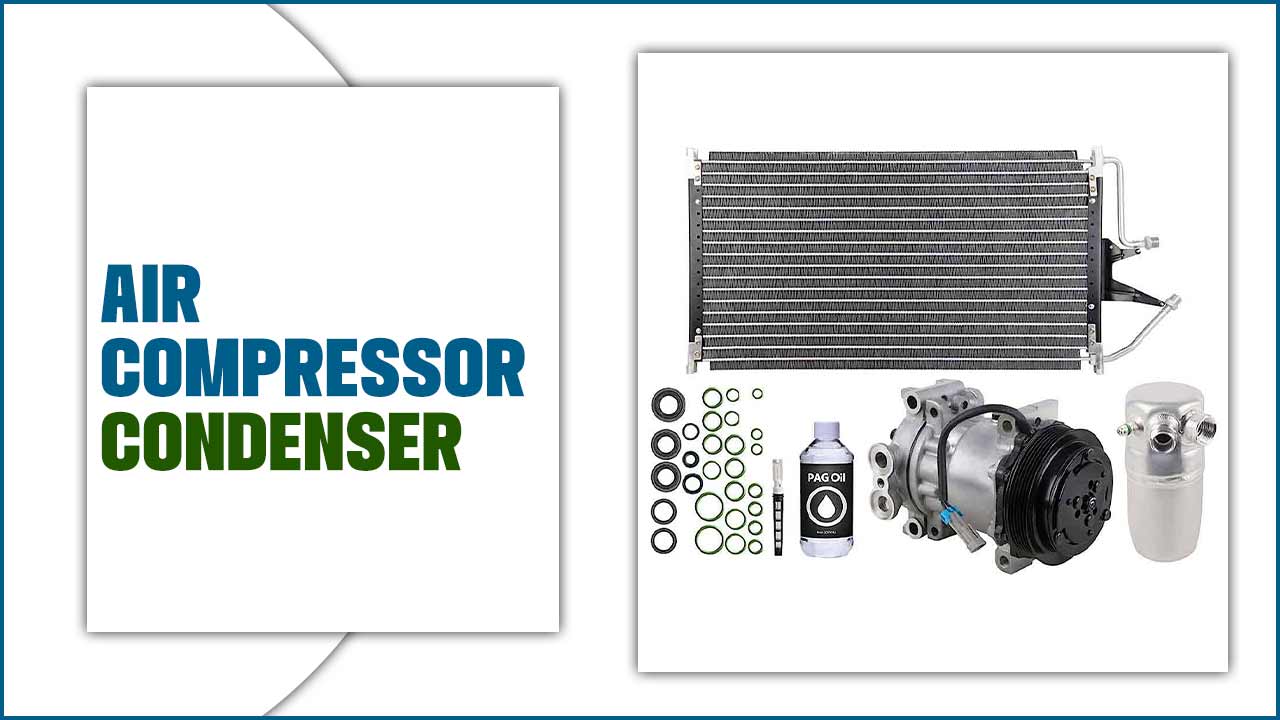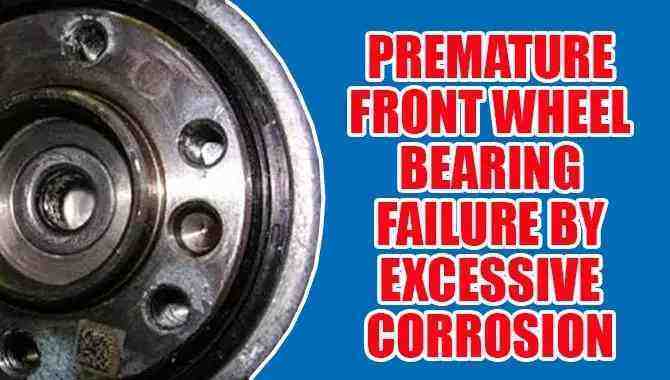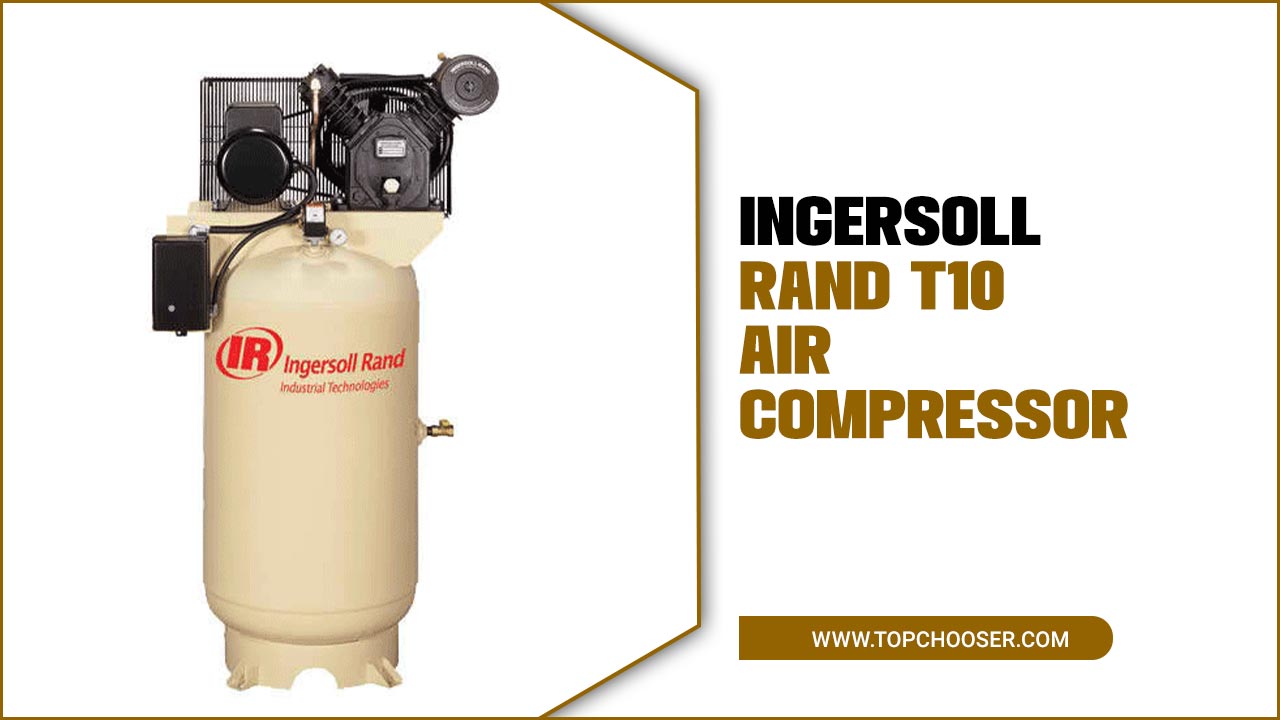Imagine it’s a hot summer day. You walk into a room and feel the cool breeze from a ceiling fan. But have you ever thought about the direction that fan spins? Surprisingly, it can make a big difference in how comfortable you feel.
Many people wonder: does ceiling fan direction really matter? Some believe it does. Others simply enjoy the wind, no matter what. Yet, understanding fan direction could help save energy and keep you cooler.
Fun fact: reversing the fan direction can actually warm up a room during winter! It’s amazing how something so simple can change your comfort level. So, let’s dive into why ceiling fan direction is worth considering. Your home might just thank you!
Does Ceiling Fan Direction Really Matter For Airflow? Ceiling Fans Are A Staple In Many Homes, Providing A Breeze To Cool Down Rooms During Warm Weather. However, A Common Question Asked By Homeowners Is, Does Ceiling Fan Direction Really Matter? Understanding The Impact Of Fan Direction On Airflow And Energy Efficiency Can Make A Significant Difference In Your Comfort And Utility Bills. The Importance Of Ceiling Fan Direction Ceiling Fans Can Rotate In Two Directions: Clockwise And Counterclockwise. Each Direction Serves A Different Purpose, And Knowing When To Use Each One Is Crucial For Maximizing The Benefits Of Your Fan. – **Counterclockwise Direction**: In The Summer, Fans Should Rotate Counterclockwise. This Creates A Downdraft, Pushing Cool Air Down Into The Room. The Wind-Chill Effect Produced By The Moving Air Can Make The Room Feel Several Degrees Cooler, Allowing Homeowners To Set Their Air Conditioning To A Higher Temperature, Saving On Energy Costs. – **Clockwise Direction**: In The Winter, Reversing The Fan To A Clockwise Direction Can Help Distribute Warm Air That Collects Near The Ceiling. This Subtle Movement Pushes The Warm Air Down Into The Living Space, Making The Room More Comfortable Without Creating A Draft. Energy Efficiency And Comfort Using Your Ceiling Fan In The Correct Direction Not Only Enhances Comfort But Also Aids In Energy Efficiency. During Hot Months, Relying On Fans Alone (Or In Combination With Air Conditioning) Can Reduce The Workload On Your Hvac System. In Turn, This Can Lead To Lower Electricity Bills. Similarly, Using The Fan In Winter Can Help Circulate Heat Efficiently, Promoting An Even Temperature Throughout The Room. Other Factors To Consider – **Fan Size And Height**: The Effectiveness Of A Ceiling Fan Is Also Influenced By Its Size And How High It Is Mounted. Larger Rooms May Require Larger Or Multiple Fans, While Low Ceilings May Necessitate Flush-Mount Fans To Ensure Effective Airflow. – **Room Layout**: The Direction Of Airflow Can Also Be Influenced By The Layout And Design Of Your Room. Consider Where Your Furniture Is Placed; Obstructed Airflow May Necessitate Adjustments In Fan Placement Or Direction. Conclusion So, Does Ceiling Fan Direction Really Matter? Absolutely. Understanding The Proper Direction To Set Your Ceiling Fan For The Seasons Can Greatly Enhance Your Comfort And Energy Savings. Ensure You’Re Making The Most Of Your Ceiling Fan By Adjusting Its Direction According To The Season, And You’Ll Enjoy A More Comfortable Living Environment Year-Round.

Does Ceiling Fan Direction Really Matter?
Ceiling fan direction plays a crucial role in home comfort. During summer, running the fan counterclockwise creates a cool breeze, making you feel cooler. In winter, switching to clockwise helps circulate warm air. Surprisingly, a small change in direction can impact your energy bills. Did you know that properly using your ceiling fan can reduce energy costs? It’s an easy way to stay cozy without cranking up the heat! So, next time, double-check that fan setting.Effects of Ceiling Fan Direction in Summer
How counterclockwise rotation cools a room. Benefits of air circulation and comfort levels.Feeling hot? A ceiling fan can help! When a fan spins counterclockwise, it creates a refreshing breeze. This cooler airflow lowers the temperature in your room, making you feel comfortable even on the hottest days. Good air circulation is like magic for your comfort levels—it keeps the air moving and stops stuffiness. Plus, you get to enjoy a mini windstorm without moving a muscle! Who knew cooling off could be this fun?
| Fan Direction | Effect |
|---|---|
| Counterclockwise | Cooler air and better comfort |
| Clockwise | Warmer air, cozy vibes |
Effects of Ceiling Fan Direction in Winter
How clockwise rotation helps with heat distribution. Importance of reducing heating costs.When winter wraps us in its chilly embrace, did you know that a clockwise spinning ceiling fan can be your secret weapon against the cold? This direction helps push warm air down from the ceiling, keeping your room cozy. Less chilly drafts, more happy snuggles. And guess what? By using less heating energy, you’ll be saving money! Every degree counts, so aim to lower that thermostat while enjoying a warm home.
| Fan Direction | Effect |
|---|---|
| Clockwise | Better heat distribution & cost savings |
| Counterclockwise | Cooling air flow (not needed in winter!) |
Remember, smart fan settings equal happy wallets! So, let’s keep warm without breaking the bank.
Impact on Energy Efficiency
Review of energy savings linked to proper fan direction. Comparison of fan direction effects on HVAC systems.Did you know that the way your ceiling fan spins can help save energy? Using the right fan direction can make your home more comfortable and save you money on bills. When a fan spins counterclockwise in summer, it creates a cool breeze. In winter, spinning clockwise helps circulate warm air.
This can greatly reduce how much you rely on heating and cooling systems. Here are some key points:
- Counterclockwise creates a cooling effect in summer.
- Clockwise helps distribute heat in winter.
- Proper fan use can lower energy bills by 15% or more.
So, the right direction really matters for energy efficiency!
How does fan direction affect energy savings?
Fan direction impacts HVAC performance. A simple change can boost comfort and cut costs.
Choosing the Right Direction for Your Space
Factors influencing fan direction decision (room size, ceiling height). Recommendations for different types of rooms.Choosing the right direction for your ceiling fan can change how a room feels. Room size and ceiling height are two key factors that influence your choice. In smaller rooms, fans should spin counterclockwise for a cooling breeze. In larger spaces, a clockwise direction may help distribute warm air during colder months. Similarly, high ceilings can benefit from a fan set to rotate counterclockwise, while lower ceilings may require it to spin slowly in the opposite direction.
How do room size and ceiling height affect fan direction?
Room size and ceiling height determine how air moves. Fans in small rooms work better clockwise, while bigger ones prefer counterclockwise for cooling. Higher ceilings benefit from spinning fast in summer and slower in winter.
Common Myths about Ceiling Fans
Debunking misconceptions around ceiling fan usage. Misunderstandings about the effectiveness of fan direction.Many believe ceiling fans cool down rooms like magical wind machines. But let’s clear the air! One common myth is that fan direction doesn’t matter. Spoiler: It totally does! When spinning counterclockwise, fans create a delightful breeze in summer. In winter, switching to clockwise helps circulate warm air. Another tall tale is that fans are only for hot days. Nope! They work in winter too! It’s like wearing flip-flops in a snowstorm, just a bit silly!
| Myth | Reality |
|---|---|
| Fans only cool you off. | They help with heating too! |
| Fan direction doesn’t matter. | Wrong! It changes with the season. |
| Fans clean the air. | They just move it around. |
How to Change Your Ceiling Fan Direction
Stepbystep guide on adjusting fan rotation. Tips for ensuring optimal fan performance.Changing your ceiling fan’s direction is simple. First, turn off the fan. Look for the switch on the fan’s motor. It is usually near the pull chains. For summer, set the fan to spin counterclockwise. This pushes cool air down. In winter, switch it to clockwise. This helps warm air circulate. Always keep the fan clean for better performance. Dust can slow it down. Check for any loose parts too. Tightening screws can help it work better.
Why Should You Change the Ceiling Fan Direction?
Changing the direction keeps your room comfortable all year round.Quick Steps:
- Turn off the fan.
- Find the direction switch.
- Set to counterclockwise for summer.
- Set to clockwise for winter.
- Clean and check for any loose parts.
Using a ceiling fan correctly can save energy. Fans use less power compared to air conditioning. A fan can cut energy bills by up to 30%. Remember, small changes make a big difference!
Conclusion
In conclusion, ceiling fan direction does matter! During summer, set the fan to spin counterclockwise for a cool breeze. In winter, switch it to clockwise to circulate warm air. These simple adjustments can make your space more comfortable and save energy. Try it out and feel the difference! For more tips, keep exploring and learn how to make your home the best it can be.FAQs
How Does The Direction Of A Ceiling Fan Affect Energy Efficiency In Heating And Cooling A Room?A ceiling fan can spin in two directions: clockwise and counterclockwise. In summer, when it’s hot, you should set it to spin counterclockwise. This pushes cool air down, helping you feel cooler. In winter, set it to spin clockwise to push warm air down. This makes the room feel warmer without using extra heat.
What Are The Recommended Ceiling Fan Directions For Summer Versus Winter Use?In summer, you should make your ceiling fan spin counterclockwise. This direction pushes cool air down, making you feel cooler. In winter, change it to spin clockwise. This helps warm air rise and keeps you cozy. Remember to switch the direction when the seasons change!
Can Changing The Ceiling Fan Direction Impact Air Quality Or Circulation In A Room?Yes, changing the ceiling fan direction can help improve air circulation in a room. When the fan turns counterclockwise, it pushes air down, making you feel cooler. This can help mix the air and reduce stuffiness. Better air circulation can make the room feel nicer to breathe in!
Are There Specific Types Of Ceiling Fans That Are Better Suited For Certain Directional Uses?Yes, some ceiling fans are better for different uses. For cooling, use a fan that spins counterclockwise. This pushes cool air down. In winter, use a fan that spins clockwise. This helps bring warm air down. So, fans can be really helpful all year round!
How Can You Easily Switch The Direction Of Your Ceiling Fan, And What Should You Consider Before Doing So?You can easily switch the direction of your ceiling fan by using the switch on the fan itself. This switch is usually located on the motor housing or remote control. Before you change the direction, check if the fan is off. Also, remember that fans should spin clockwise in winter and counterclockwise in summer.








